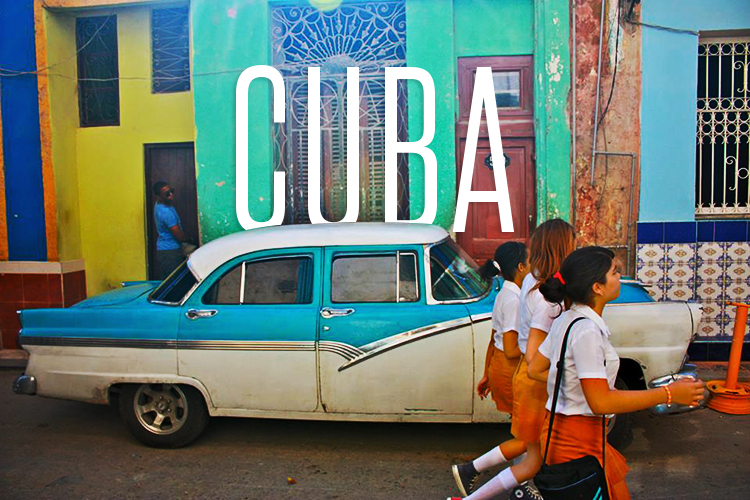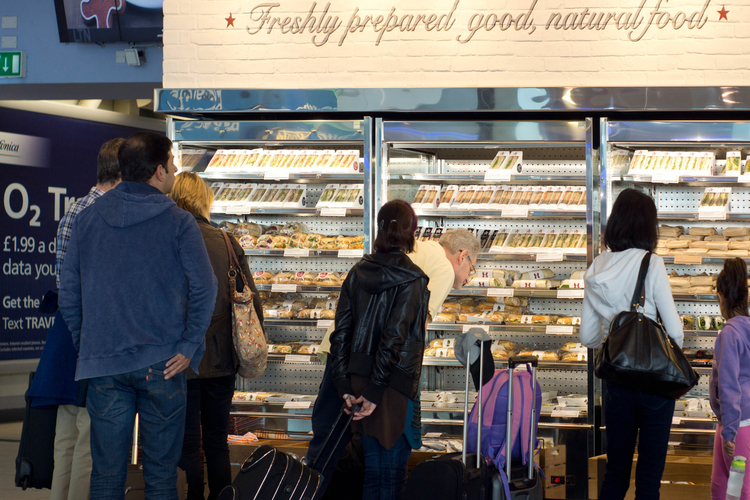Seriously, Now Is the Best Time To Visit Cuba
CHANGE IS COMING FAST SO SOAK UP THE CULTURE WHILE YOU CAN!
It was a covert operation. We bought our tickets online from the cramped apartment we were couchsurfing at in Barranquilla, Colombia. When we entered our credit card information, United States wasn’t even an option in the address section, so we chose Jarvis, one of those tiny US Minor Outlying Islands that nobody has ever heard of, and crossed our fingers the purchase would go through. We were tired from the previous night’s carnival celebrations, but our excitement was palpable. We were going to go where few Americans had ever gone before. My quest for off-the-beaten path destinations has led around to globe to obscure places like Tajikistan, Uganda and Albania. But this trip didn’t require a transatlantic flight, or even a time zone change.
We were going to go to Cuba. That was the plan at least.

Two days later my cousin Hannah and I departed Colombia without a hitch, and in a little over an hour we were hanging out at the airport in Panama City, anxiously awaiting our connecting flight and trying to justify spending $12 on an airport sandwich (Spoiler alert: we went hungry). We were the last to board, because why wait in line when you can be sitting? But when we handed the attendant our passports she stopped us.
“So you’re American?” Her tone was accusing.
“Is that going to be a problem?” I asked timidly.
She said she didn’t know, and managed to get in an insult about the incompetency of the staff at the airport in Colombia who let us slip through unchecked earlier, before she went to speak with her boss. She came back with two pieces of paper.
“Why are you going?” she asked.
Hannah and I looked at each other with panic in our eyes.
“We’re going to volunteer!” I blurted out.
She seemed satisfied enough with the answer and asked that we write on the paper the purpose of our visit, along with our full names and passport numbers. Then she waved us on to board.
A few hours later we were at our final destination, waiting in line at customs when a young woman in plainclothes pulled Hannah and me aside. She questioned us for almost thirty minutes about everything from what we studied in school to our families, furiously scribbling everything in her notepad before taking our passports and ordering us to go retrieve our luggage. After waiting for what seemed like hours we lugged our backpacks off the conveyer belt.
Just when we started to give up all hope, she casually handed us our passports and told us we were free to go. Confused but relieved, we stepped outside and took a deep breath of the hot, muggy air of Havana. We had two weeks, 400 Euros each and absolutely no plans.

Our first foray into one of Cuba’s many oddities was getting a taxi. It was obvious there was some sort of system, as cabs pulled up and then pulled away with passengers, but the intricacies of the system eluded us. From the looks on the faces of the locals, they were just as clueless as us. After sixty long, sweaty minutes the person in charge finally decided it was our turn to leave.
Some people might think it’s crazy to show up in a foreign country that has less-than-stellar diplomatic ties to the U.S. and with no real plans at all, but we had done our research. The thing with Cuba is, at least when I visited in February of 2015, Internet was almost nonexistent. That made booking reservations almost impossible. It really makes one question how this type of travel was even possible or remotely pleasant pre-internet. But then again, that could be said of most things we do these days. Anyway, our research taught us two very important things:
- Tourist Cuba and real Cuba have different currencies. Tourists use the Cuban Convertible Peso (CUC), which is pegged to the dollar. For everyday use, there is the regular old Cuban Peso. Unless you plan to strictly stay at tourist accommodations, eat at tourist restaurants, and buy tourists goods (cigars!), you will want to have a bit of both. Things are also really really cheap if you use the Cuban Peso. I mean, in how many places can walk into a bar and get a shot of rum for 30 cents?
- There’s not a wide range of accommodation available in Cuba, especially for budget travelers. That’s where casa particulars come in. A casa, as the locals refer to them, is basically the Cuban version of a bed and breakfast.
Armed with that breadth of knowledge and a pocket full of two types of pesos, we asked our taxi driver if he knew of any nice casas in the Old Havana neighborhood. He was happy to help, and went above and beyond in doing so. This attitude held true in all of our interactions during our two-week stay. Cubans were nothing but welcoming and friendly. As a couple of twenty-something American women traveling by themselves, we were as much of a novelty to them as Cuba was to us. We never felt even the slightest bit unsafe, day or night. That being said, Cuban men live up to their flirtatious reputations and then some. The catcalling and comments from men on the streets were some of the worst I’ve ever dealt with anywhere in the world. All things considered, though, it didn’t amount to much more than a nuisance we eventually learned to ignore.
Our taxi driver brought us to the casa of Frank and Maribel, who welcomed us like family. Their third floor apartment was the perfect base to explore what would become one of my all time favorite cities. Through them we had a firsthand glimpse into some of the realities of living in a communist society. Maribel is a brain surgeon, yet she and Frank are still scraping by financially, hence why they began renting rooms to tourists.
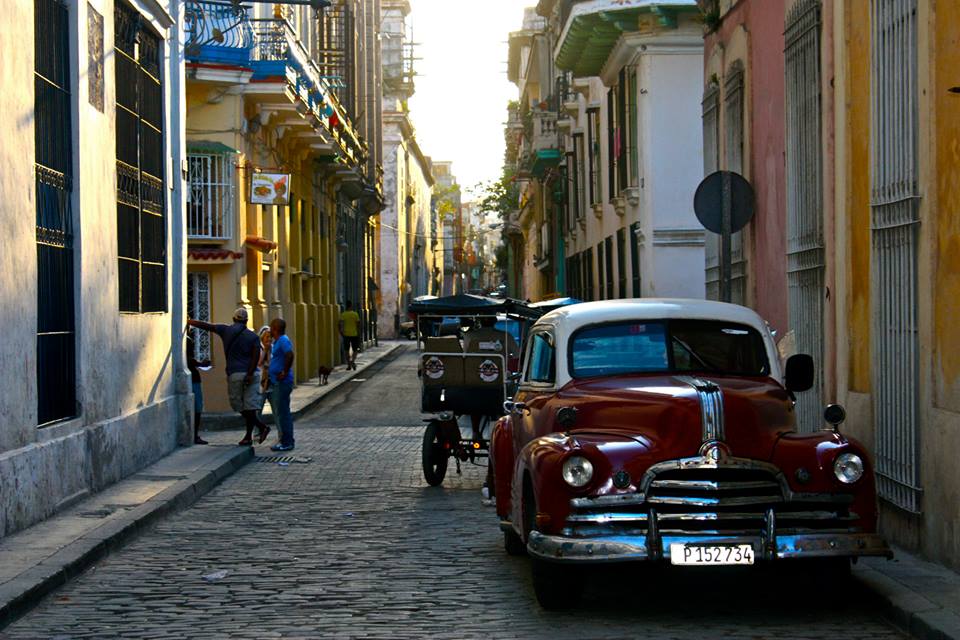
Havana is one of those rare destinations that satisfies all of your senses. It’s old school glamour with just the right amount of grit. Impossibly perfectly kept candy-colored cars from the 1950s painted the roads, occasionally interspersed with a horse drawn cart or two. Colonial buildings in various states of decay and renewal offer the perfect backdrop for photos. The regal, intricately designed structures are a sign of what Cuba once was, and the ubiquitous scaffolding a sign of its comeback. You know how we all have one friend who can wear a trash bag and make it look trendy? That’s Cuba. It doesn’t matter if you’re looking at a wall full of graffiti or a dilapidated building, it’s all postcard worthy. Really, everything in Cuba is just so damn photogenic; it’s easy to contemplate a new life there as a professional photographer.
Havana might not be a towering metropolis like New York City, but it certainly holds its own. The energy was infectious. There is live music everywhere, and it’s not uncommon for a midday dance party to break out in the street. Rum (Havana Club, of course) flows freely. Art aficionados and vintage lovers will be in heaven, as both are plentiful and cheap. While I probably could have been satisfied spending my entire two weeks roaming the streets of Havana and sipping on Daiquiris in Hemingway’s old haunts, there was more to see. A lot more, actually; Cuba is the largest island in the entire Caribbean.
With that in mind, we set off for Viñales, home of Cuba’s most famous export. Here, city streets were replaced with lush, deep green tobacco fields that seemed to never end. It’s not hard to see why Viñales is rumored to be the favorite city of Fidel Castro. The pace of life is slow, and whereas Havana has vintage cars, Viñales has oxcarts. Here, it’s best to sit back and enjoy your surroundings, preferably from a hammock.
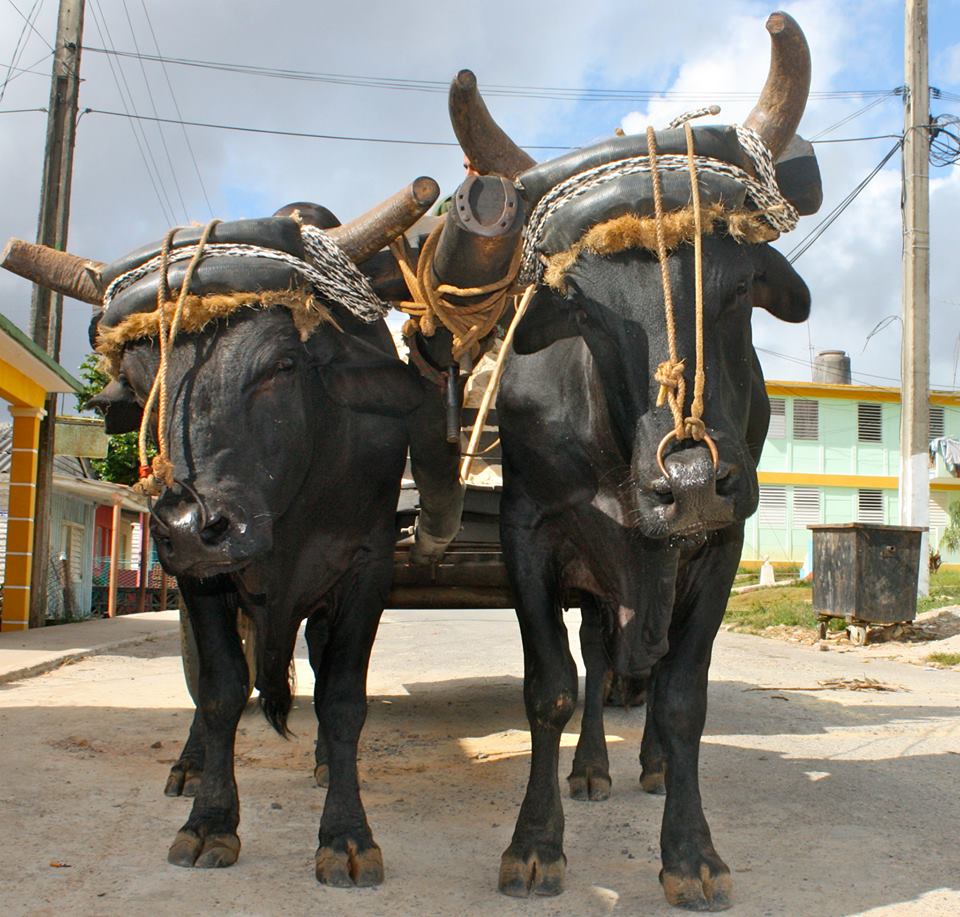
From Viñales we headed to our final destination, Trinidad, one of Cuba’s seven cultural UNESCO World Heritage sites. That’s a pretty impressive number, considering the United States, which is you know, just 89 times the size of Cuba, has ten cultural UNESCO sites. With its cobblestone streets and quaint architecture, Trinidad is the most perfectly preserved colonial town I have ever visited. Unsurprisingly, it also had the highest concentration of foreign tourists of anywhere I went in Cuba. While the city boasts ample amounts of restaurants and bars, it’s famous for La Casa de Musica, an open air venue with impressive performances and lots of salsa dancing (and plenty of willing teachers, of course).
Beyond dancing – which you will find plenty of in Cuba (remember when I said Colombia is the capital of salsa? Well, Cuba makes a pretty good case for itself), visitors will have ample opportunity to sneak in some exercise. Whether your spend a couple hours strolling down the Malecón in Havana or spend a day trekking around tobacco fields on one of Viñales’ well-established hikes, Cuba is not the kind of place where you are going to be sedentary much (besides hammock time, hammock time is very important).

Cuba sounds pretty great, doesn’t it? So why exactly has the US government been restricting us from visiting? Some might call it an old grudge. It all started during the Cuban Revolution in 1959 when Fidel Castro ousted Fulgencio Batista and formed a socialist state. America was ablaze with the communist “Red Scare”, so the government wasn’t pleased with what was occurring in America’s backyard. Within the next year Cuba nationalized foreign assets, raised taxes on American imports and became increasingly friendly with our ideological enemy, the Soviet Union. In response, president Eisenhower basically enacted a trade embargo and severed all diplomatic ties with the island country. In 1961, JKF secretly deployed a regimen of CIA trained Cuban exiles that were quickly and publicly defeated in an embarrassing spectacle known as the Bay of Pigs. Consequently, JFK made the embargo 100% official, banning all trade and tourism. It is estimated Cuba has lost more than $1 trillion since then. In October of 1962, things went from bad to worse when Cuba allowed the Soviet Union to secretly build a nuclear missile base on the island. That led to the infamous two-week standoff between the Soviet Union and the United States known as the Cuban Missile Crisis. A lot of people thought there was going to be a nuclear war and it was a frightening time to be alive.
Over the next few decades the two governments remained very much at odds with one another until 2009, when president Obama began relaxing restrictions. In 2015 the US removed Cuba from its terrorist list. In July of that same year the two countries reopened their embassies in each other’s capitals. Most recently, both countries signed an agreement to allow commercial flights, which are likely to begin later this year.
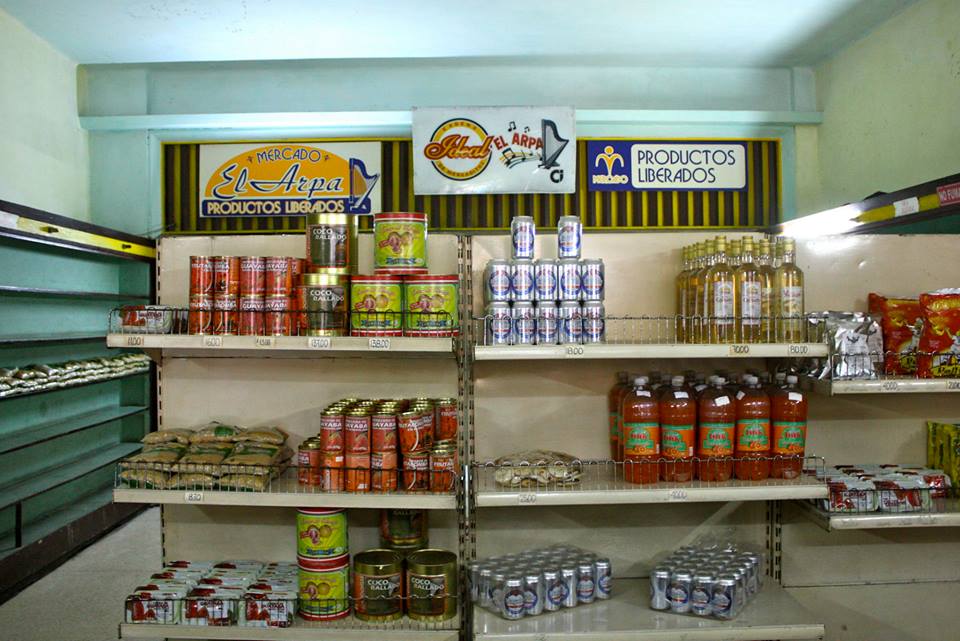
While its budding friendship with America may bring about a wave of opportunity, Cuba is still very much restrictive communist country. Regardless of profession, the average wage is about $25/month, which is why the two-tier currency system exists. The government stores I visited were barren, and during my last week, the entire country seemed to inexplicably run out of beans, a staple of Cuban cuisine. Living under a trade embargo seems to have bred a certain type of ingenuity within the population. The informal economy is very much alive and thriving in Cuba, as are niche markets. For example, there is an entire sector devoted to the refilling and repairing of disposable lighters. It’s a testament to how strong and resilient the Cuban people are.
My only regret when it comes to Cuba is that it took me so long to visit (okay, and that I thought $30/day would be sufficient). Cuba is rapidly changing, and for as preserved as it was a year ago, I can only imagine what it was like a decade ago. In two weeks I’ll be returning for a short visit, and I’m nervous that with the recent influx of tourists, some of its charm may have faded. As much as I want to keep Cuba to myself, the secret is out. It’s only a matter of time until the cruise ships start docking, the foreign investors move in, international chains pop up and it becomes a playground for Americans. See Cancun as an example and you’ll understand my concerns. Sadly, so many people could miss out on the the culture. So please, fellow travel lovers, go now, while Cuba is still Cuba.
